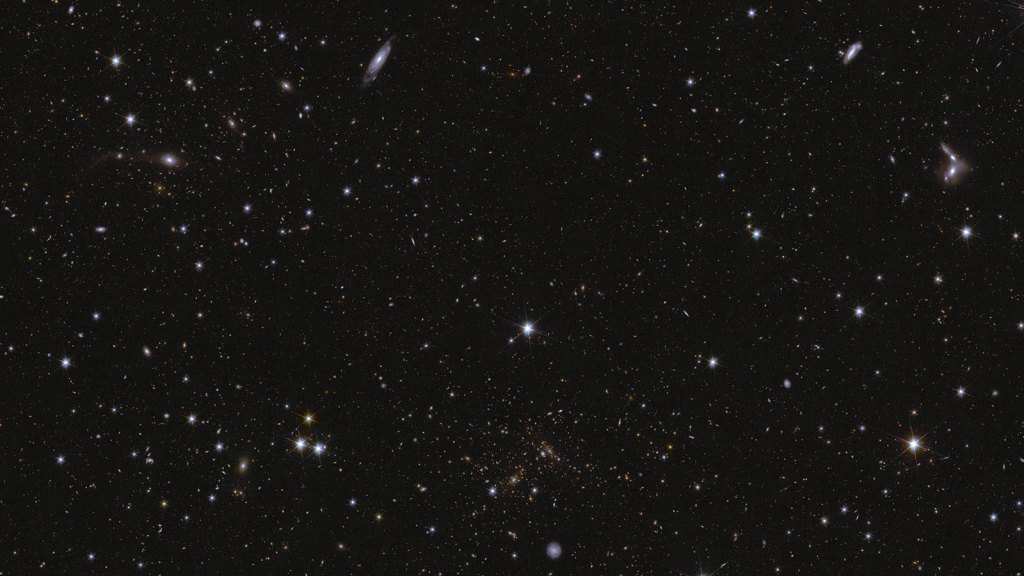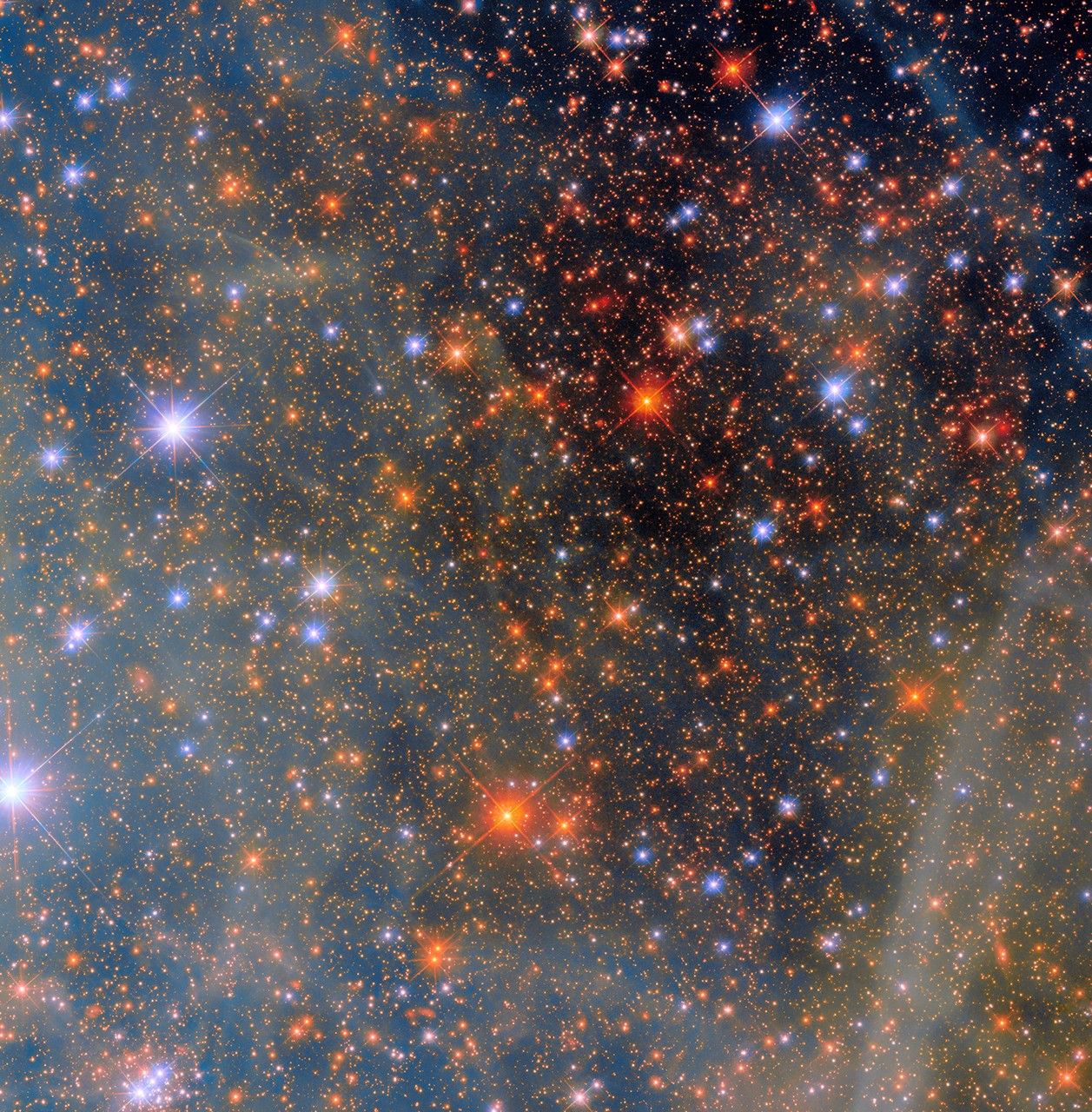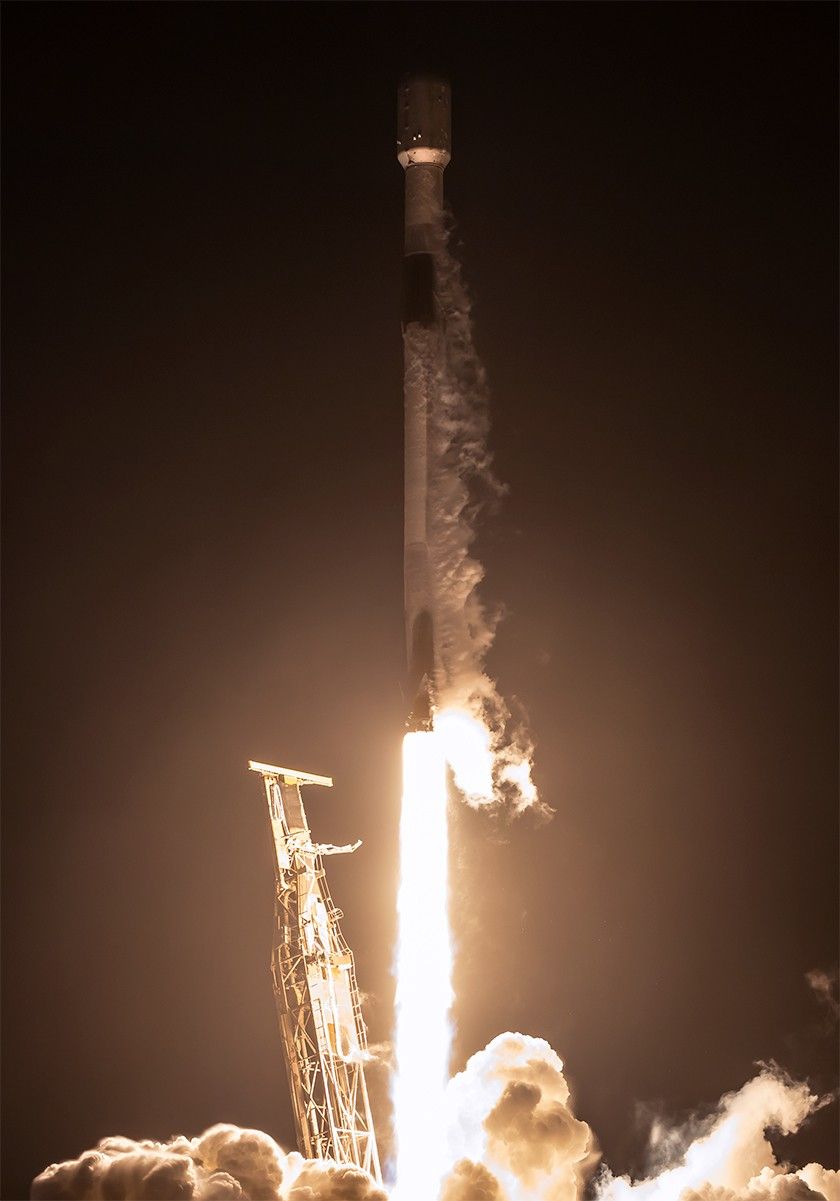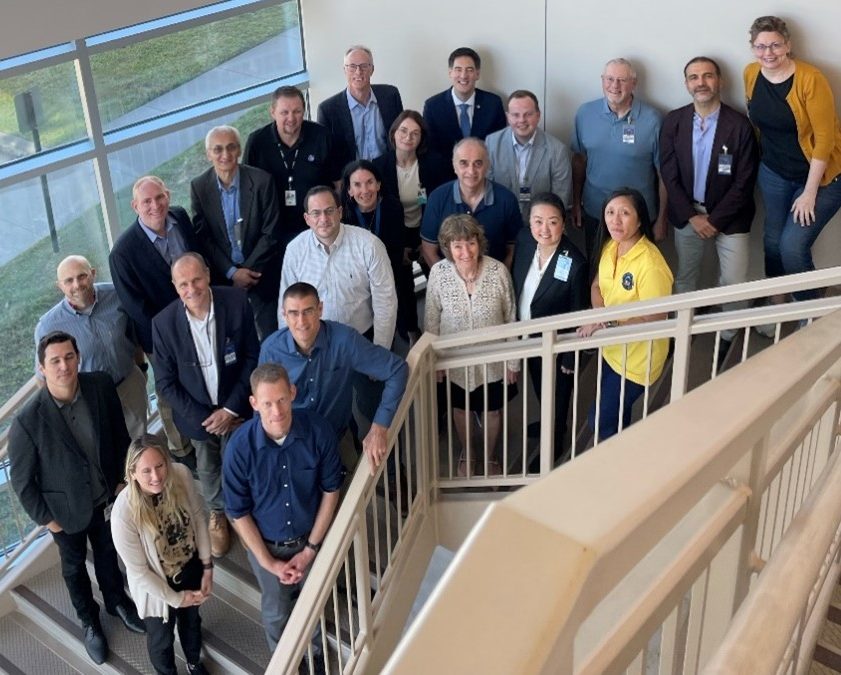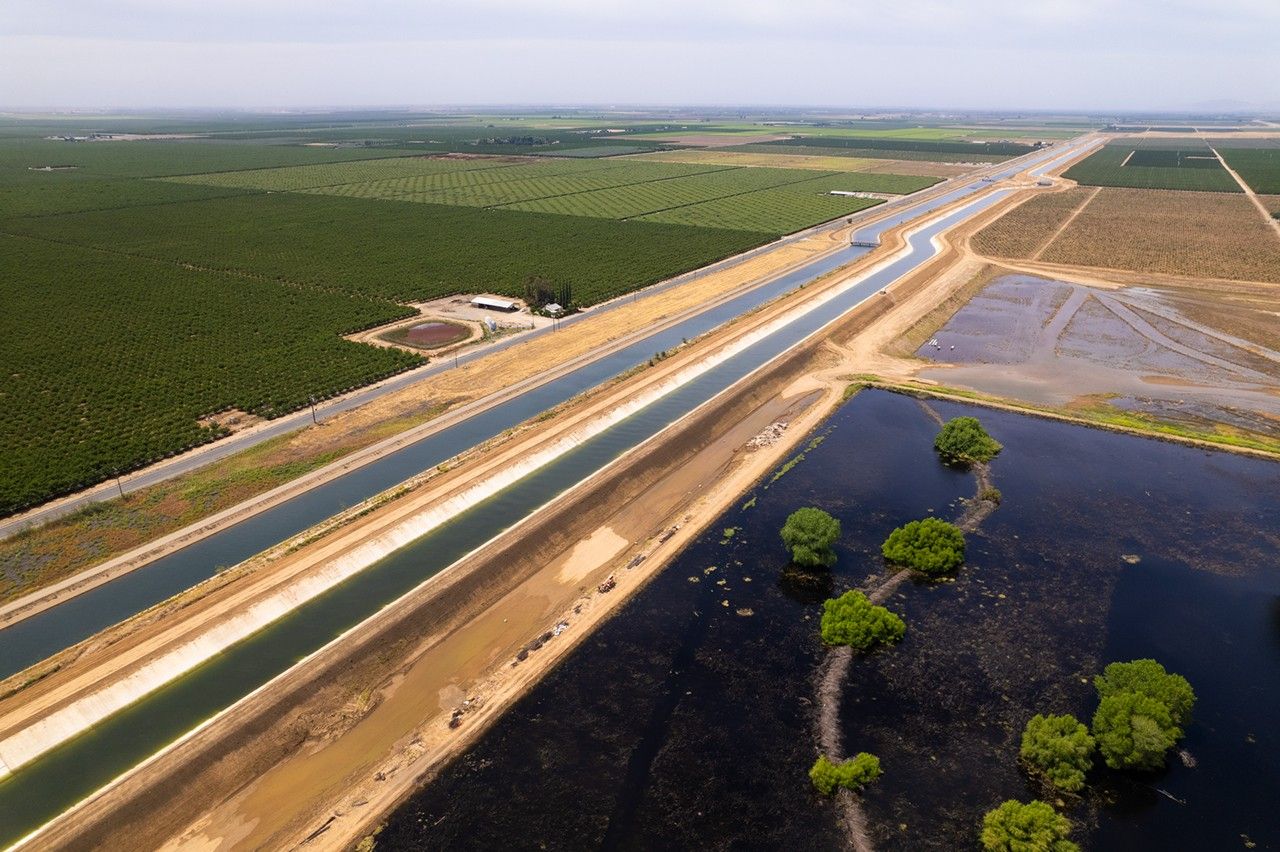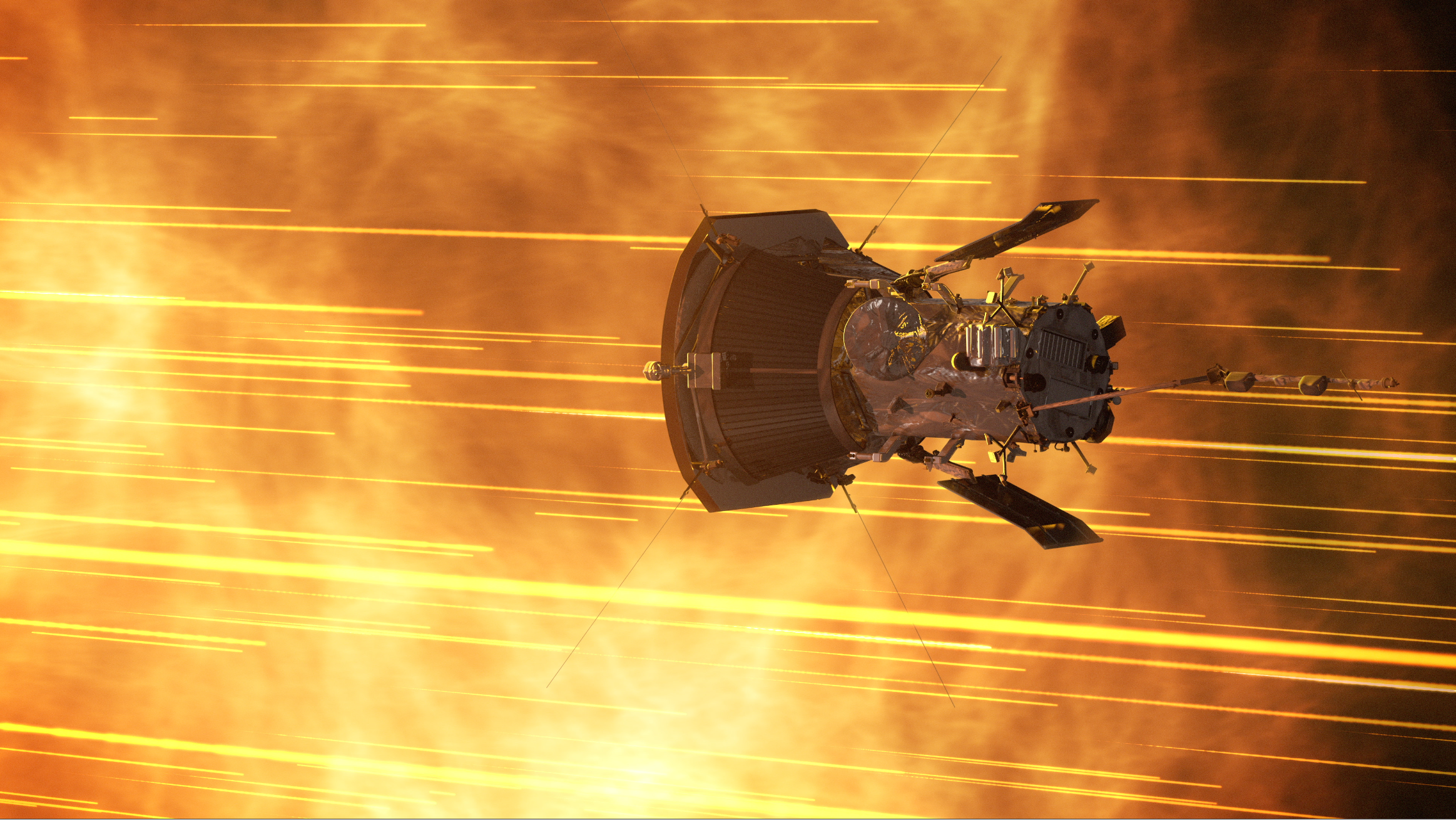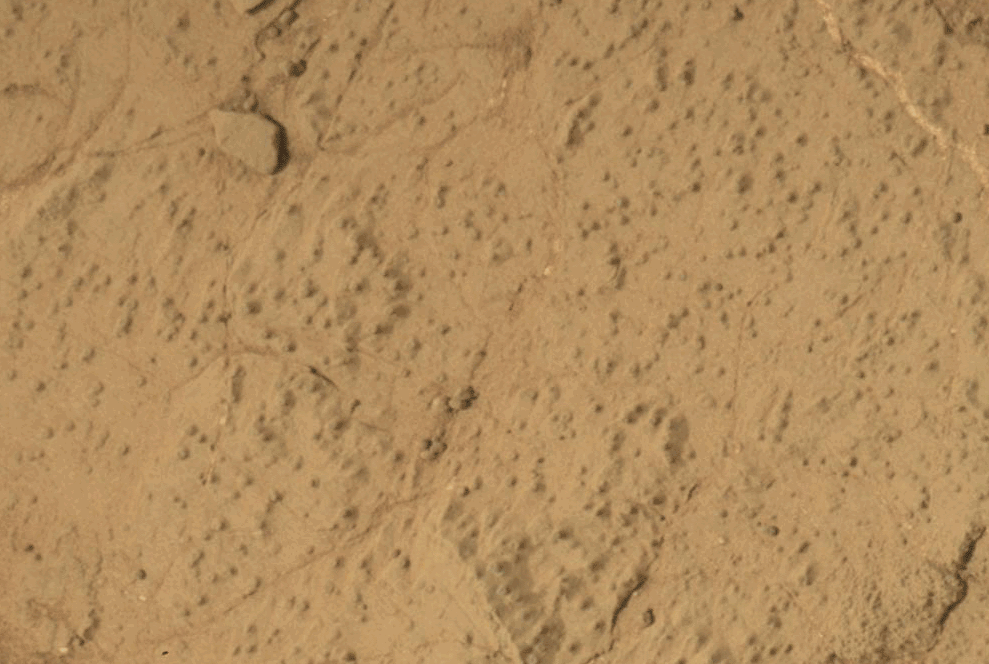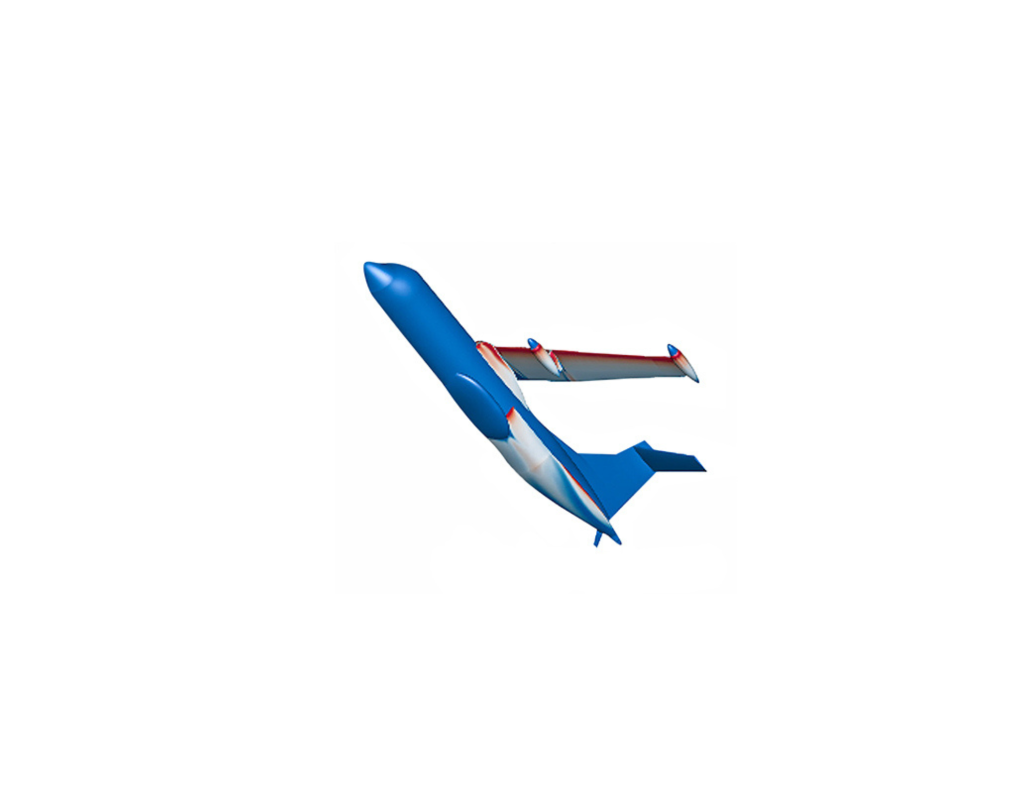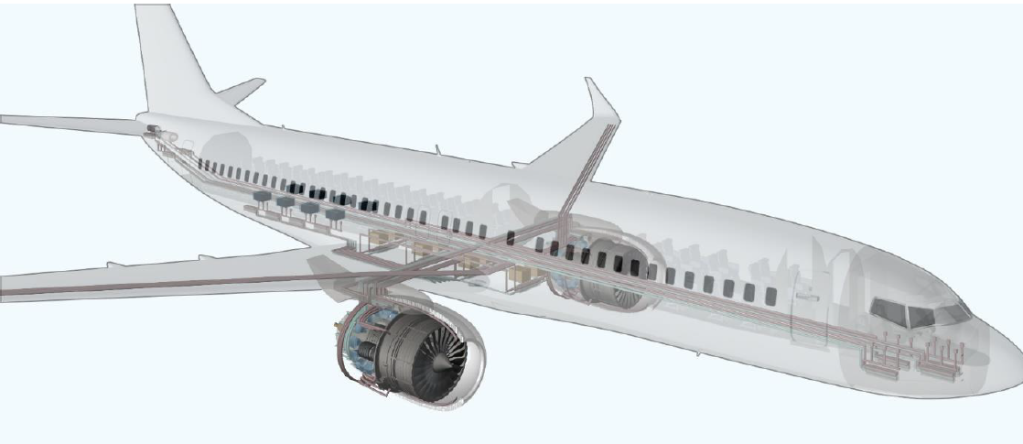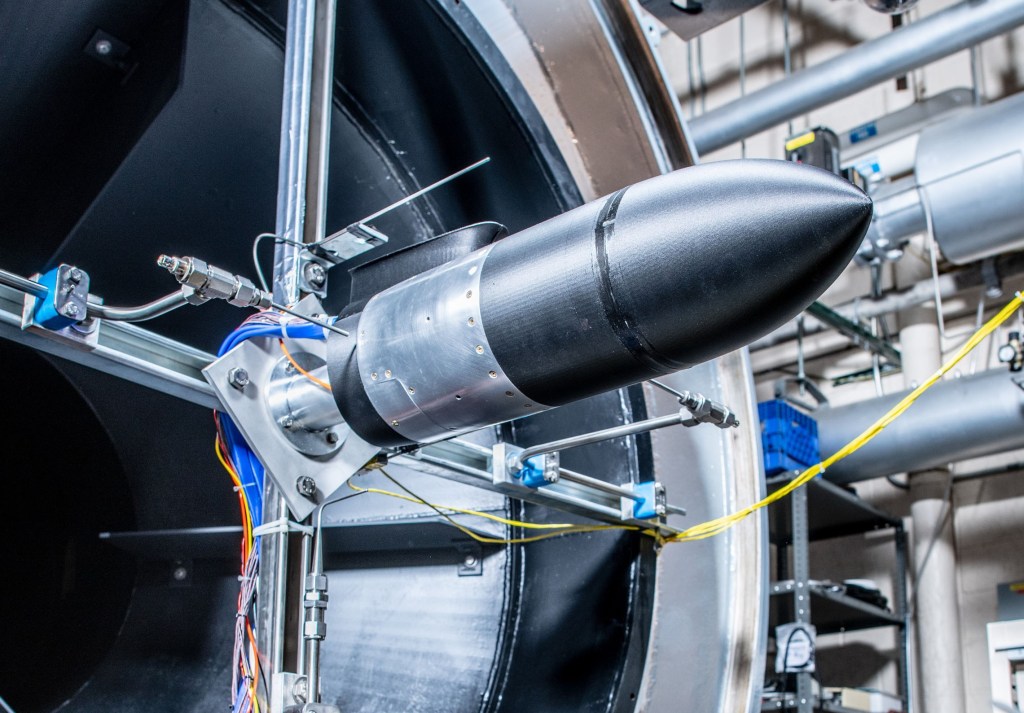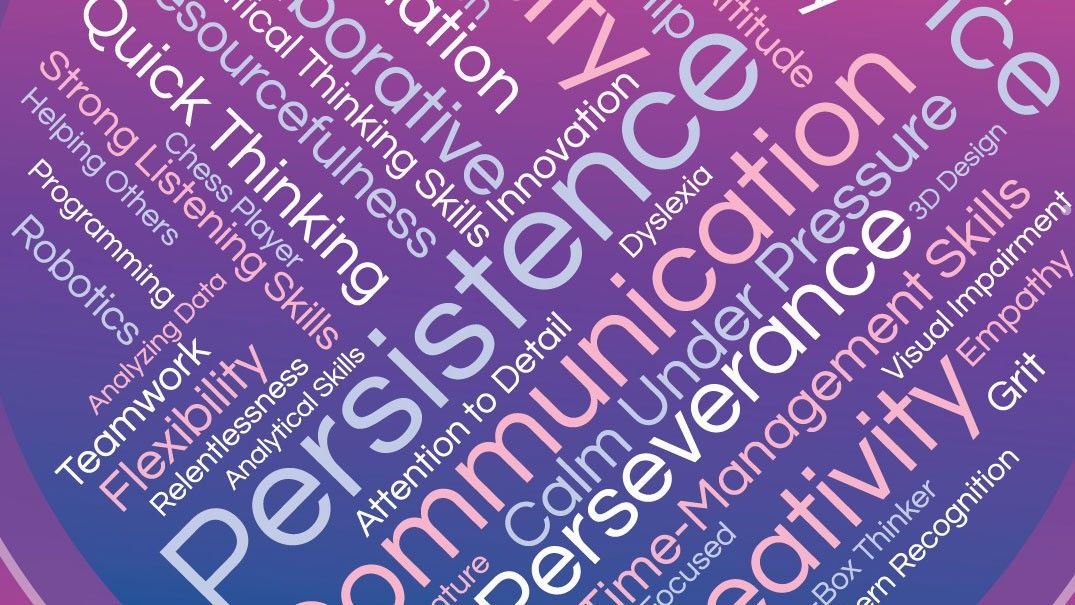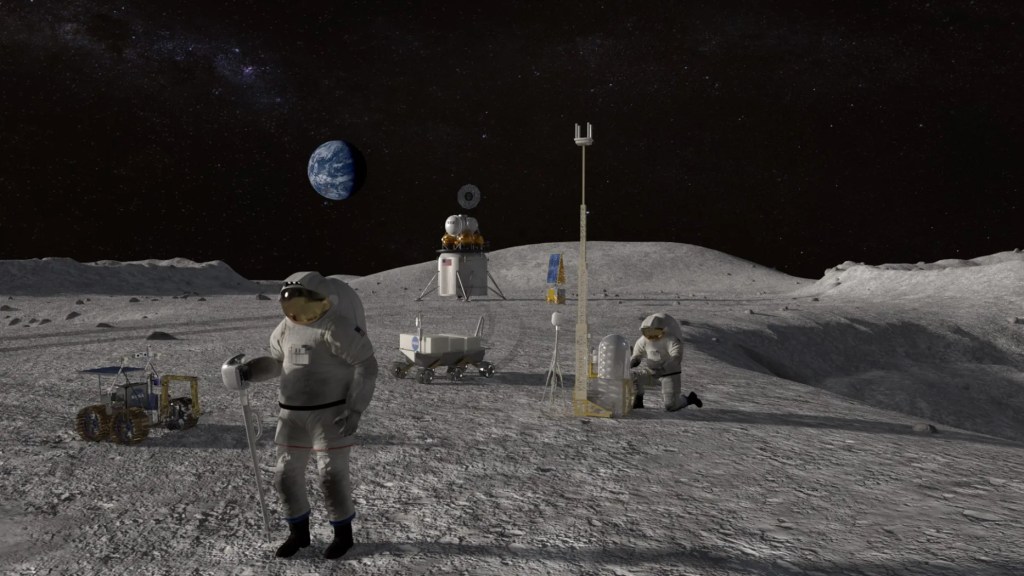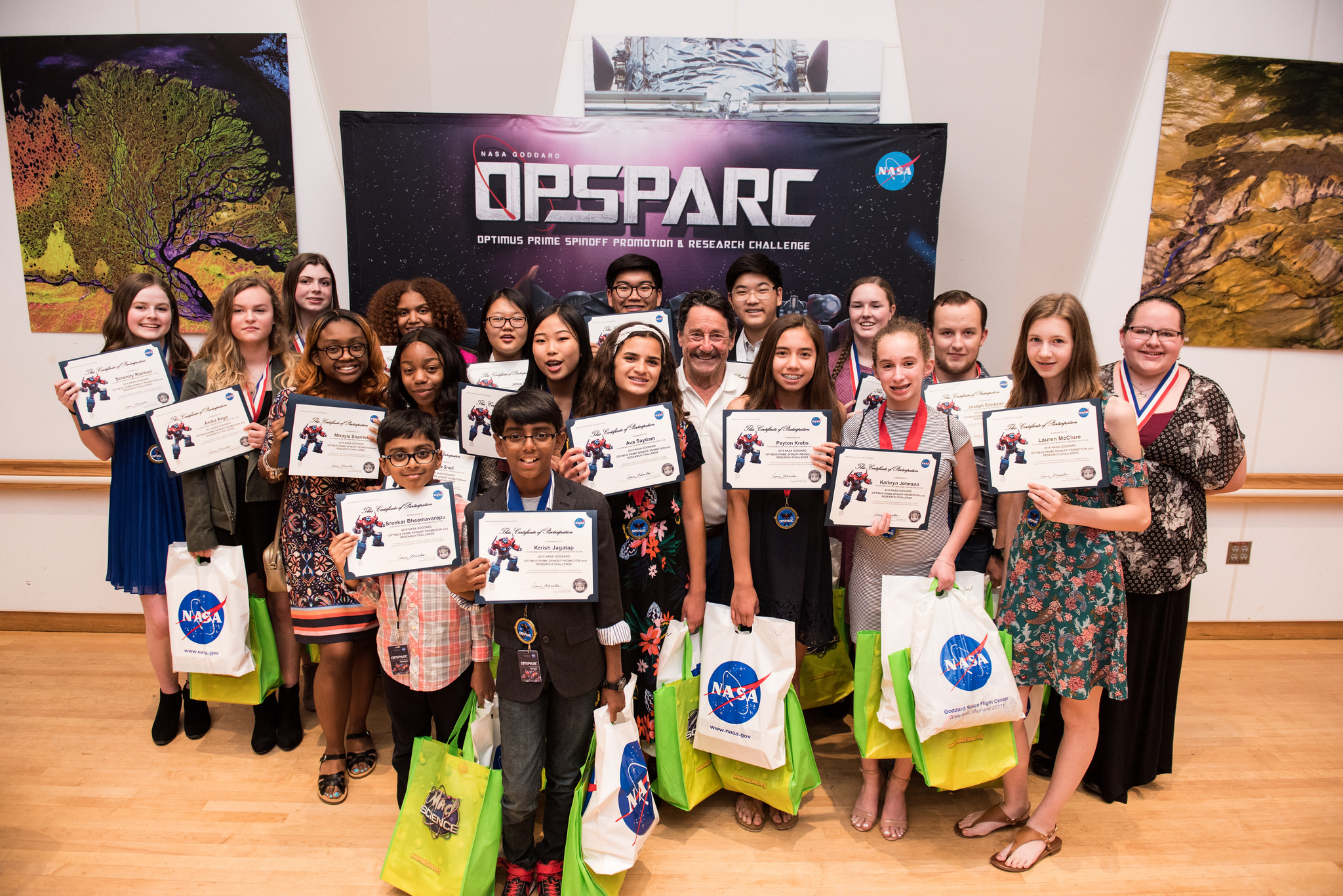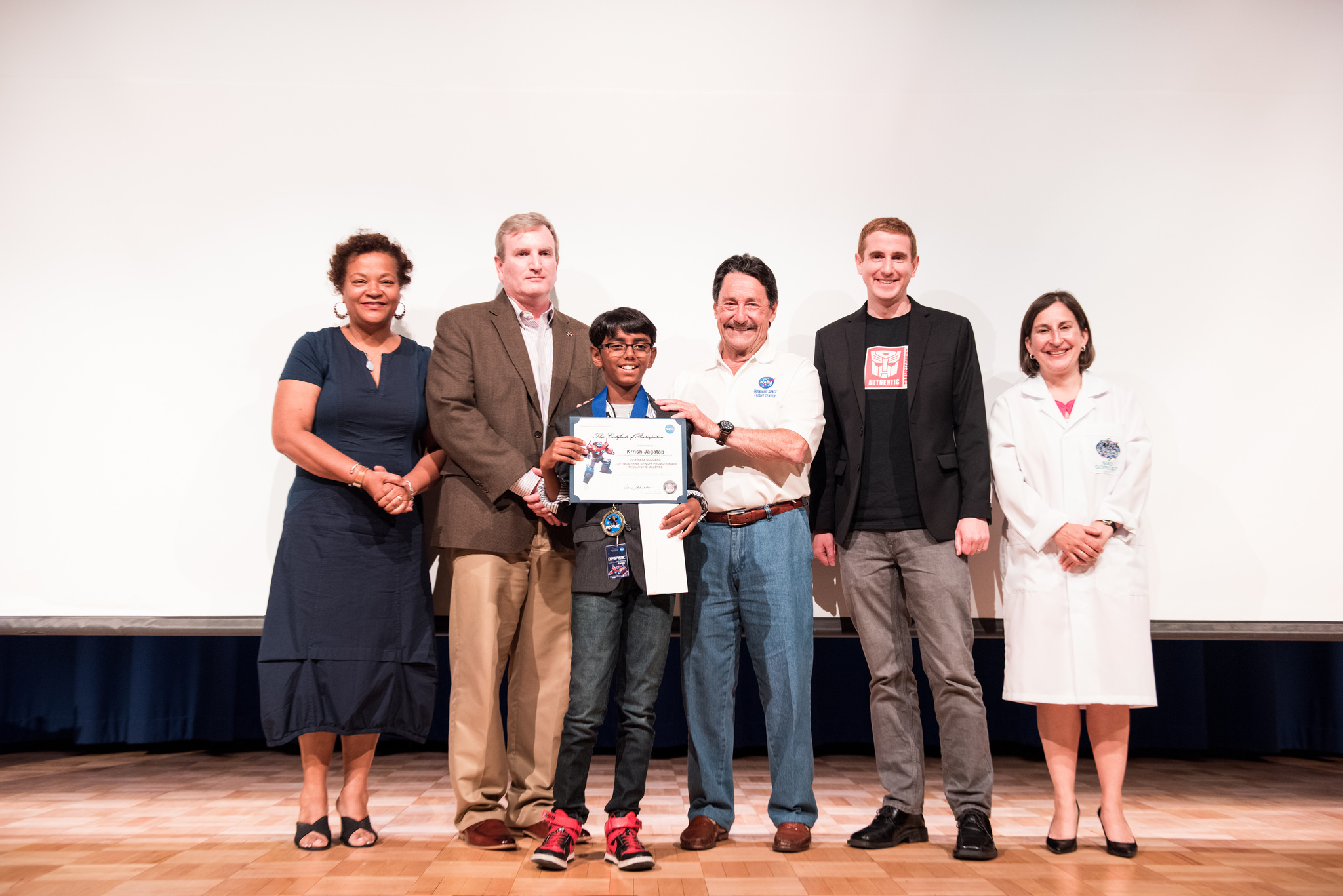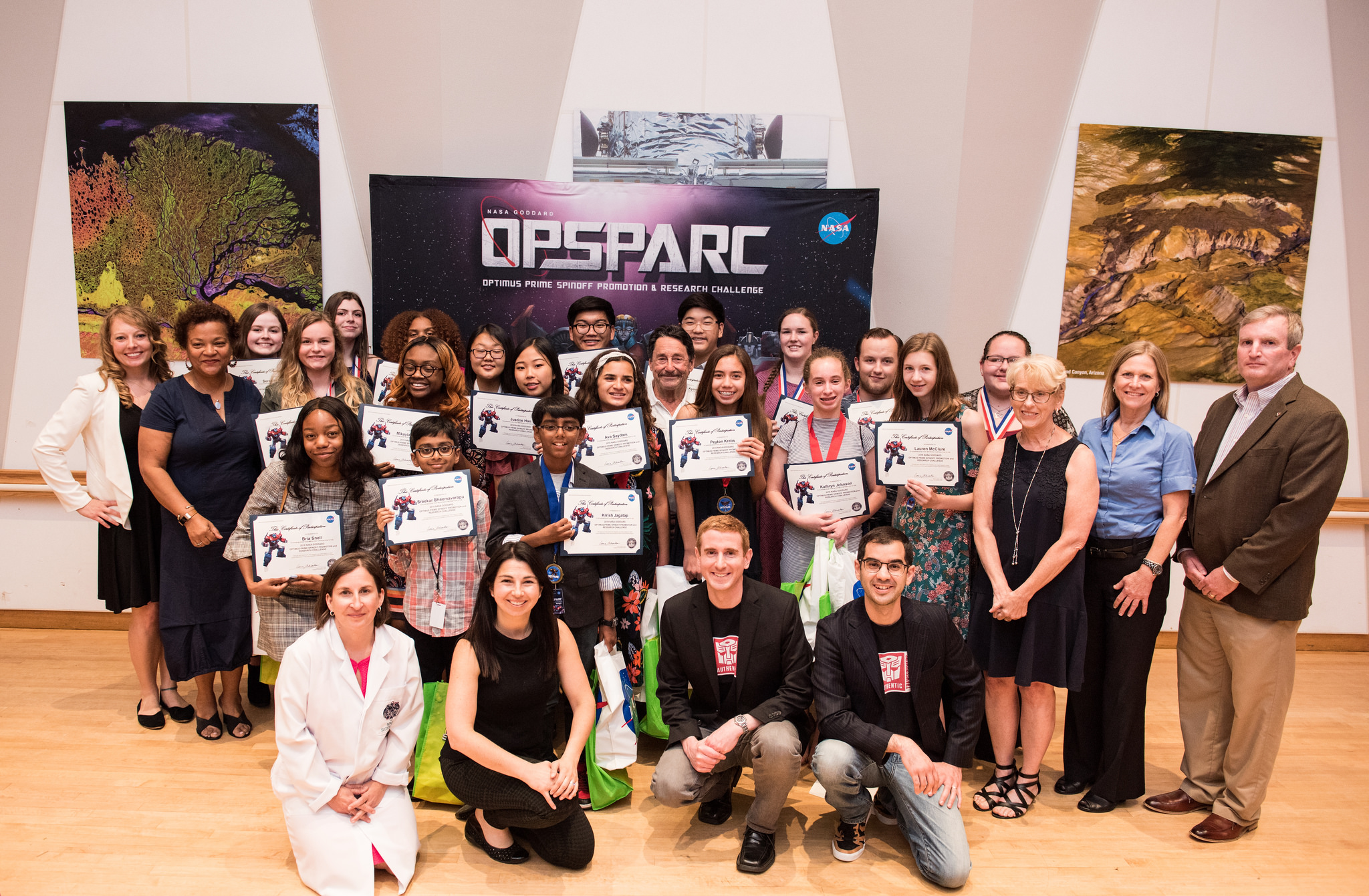How much NASA technology is in your life? Through the NASA OPTIMUS PRIME Spinoff Promotion and Research Challenge (OPSPARC), OPTIMUS PRIME and the AUTOBOTS encourage students to embark on three missions, starting with a scavenger hunt for NASA “spinoffs,” or technologies created for NASA missions now being used for other purposes. Hosted by NASA’s Goddard Space Flight Center, OPSPARC 2019 rolls out Dec. 5, 2018, but teachers and students can get a head start by downloading design packets on the OPSPARC website.
OPSPARC challenges young innovators to find creative uses for NASA technologies and to invent their own spinoff. Just like OPTIMUS PRIME, the leader of the AUTOBOTS who is “More than Meets the Eye,” NASA spinoffs start out as one thing and can convert into something else. Technologies originally developed for one of NASA’s many missions can be modified into something that may be used in a home, school or business.
“Every year, I am amazed by the innovative ideas of our young entrepreneurs,” said Darryl Mitchell, OPSPARC program manager and deputy chief of Goddard’s Strategic Partnerships Office. “I’m so impressed by their ability to use NASA technology to ‘Be the Spark’ and help humankind, like our friends OPTIMUS PRIME and the AUTOBOTS call for in each mission.”
Mission 1 — “Spinoff Scavenger Hunt2” — has students of all ages explore their world in search of spinoffs and submit them to NASA using Adobe Spark, the newest member of the OPSPARC team. Winning entries will be selected each month through a drawing, and winners will receive a virtual visit from NASA.
Mission 2 — “Create Your Own Spinoff” — asks students in grades 3-12 to solve a societal problem using redesigned NASA technology. With Adobe Spark, students will create digital multimedia poster boards to present their idea to a panel of NASA judges. Students can work as individuals or in teams of up to four people.
This year, students can choose one of 20 NASA technologies from Goddard, NASA’s James Webb Space Telescope (JWST) mission, and NASA’s Langley Research Center in Hampton, Virginia. Technologies include a Modulated X-Ray Source developed at Goddard, High Speed Optical Sensors from JWST and a Multilayered Fire Protection System from Langley.
Mission 3 — “InWorld Innovation” — has students in grades 7-12 take their spinoff ideas to the next level. Working with engineering and marketing professionals and college students, selected teams will develop 3-D presentations and a marketing plan within a virtual world setting called InWorld OPSPARC. Students get to create computer-aided design models of their projects, and NASA collaborator HubSpot will provide opportunities for mentorship from business professionals, allowing teams to further develop their plans.
The challenge is open to students from the United States, Canada (excluding Quebec) and, for the first time, citizens of the United Kingdom. Winning teams from Missions 2 and 3 will receive invitations to Goddard for a two-day Winner’s Workshop in June 2019, with NASA collaborator Mad Science taking part in the activities.
Other collaborators for this year’s challenge include the Foundation for Technology and Privacy Outreach, PRIVO, the National Institute of Aerospace, Tor Teen, the International Technology and Engineering Educators Association and Ministry of Supply.
TRANSFORMERS, AUTOBOTS, OPTIMUS PRIME and “MORE THAN MEETS THE EYE” are trademarks of Hasbro and used with permission (c) 2018 Hasbro. All Rights Reserved.
For more information, and to register for the challenge, please visit the OPSPARC website: https://opsparc.gsfc.nasa.gov
Erin Majerowicz
NASA’s Goddard Space Flight Center, Greenbelt, Md.
erin.m.majerowicz@nasa.gov
301-286-9860

